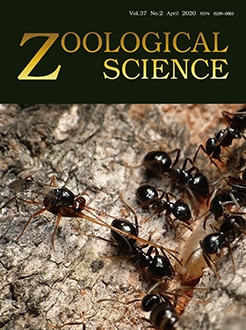Pseudogenization of the umami taste receptor gene Tas1r1 has been reported more commonly in aquatic than terrestrial mammals. We hypothesized that the more species are adapted to the aquatic environment, the less important a role the umami taste detection plays. To test this hypothesis, we focused on the Mustelidae family because their habitat and feeding ecology are highly diverse. We found pseudogenizing mutations in exon 1 of Eurasian otter and exon 6 of African clawless otter, both of which forage underwater. Our analysis of the ratio of nonsynonymous to synonymous nucleotide substitution rates suggested that purifying selection pressures on Tas1r1 are weaker in the lineages with non-functional Tas1r1 than the lineages retaining functional Tas1r1. Our analysis also suggested that relaxed selection pressures on Tas1r1 in Mustelidae species adapted to the aquatic environment, although we cannot exclude the possibility that they are restricted to Lutrinae irrespective of their feeding habitat. Overall, the results of the present study support the idea that differences in selection pressures on Tas1r1 reflect differences in feeding behaviors.
How to translate text using browser tools
6 April 2020
Comparative Analysis of the Umami Taste Receptor Gene Tas1r1 in Mustelidae
Yumeko Tarusawa,
Shuichi Matsumura
ACCESS THE FULL ARTICLE

Zoological Science
Vol. 37 • No. 2
April 2020
Vol. 37 • No. 2
April 2020
diet
feeding behavior
feeding ecology
Mustelidae
pseudogene
purifying selection
Taste




